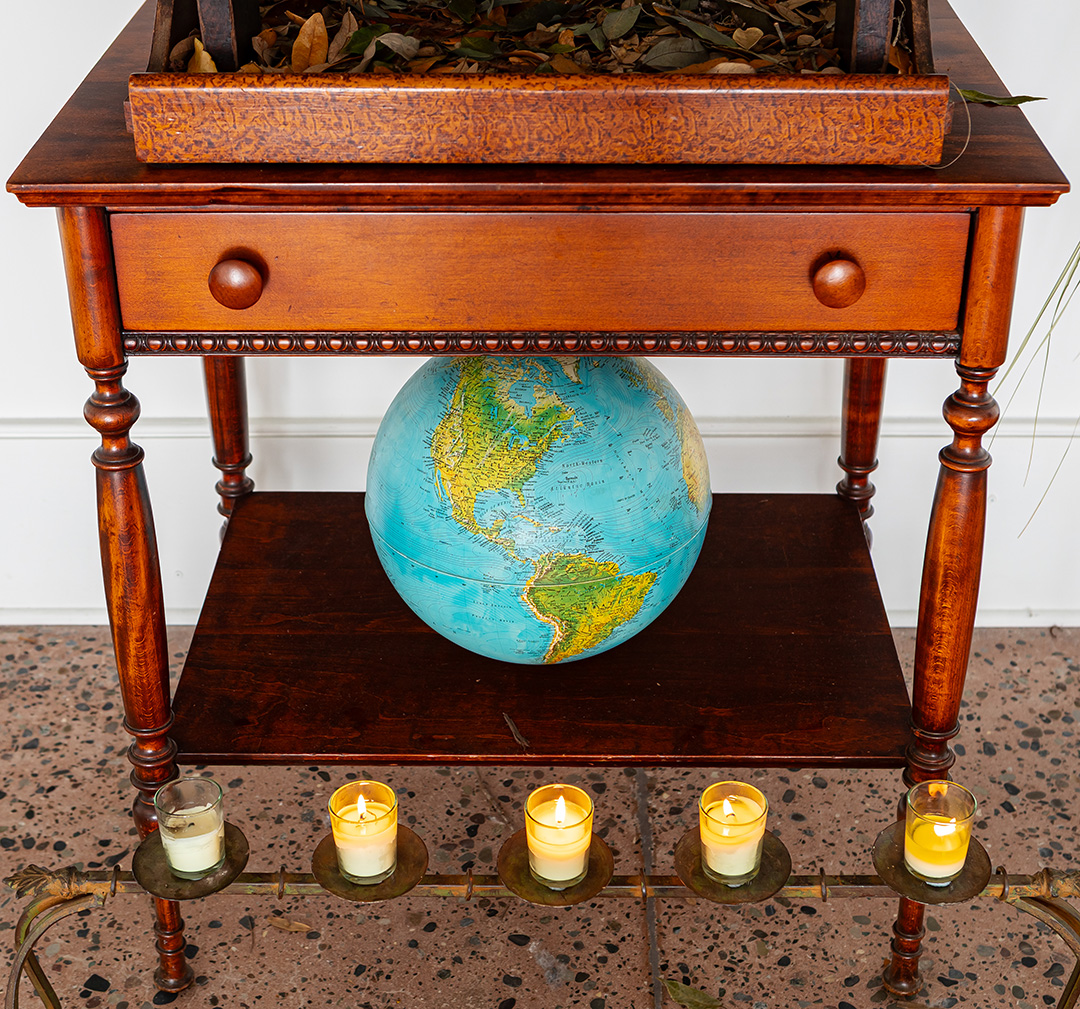NORBERTO ROLDAN
The Charleston Shrines
Norberto Roldan refers to the six altars that he constructed in his FSA studio as The Charleston Shrines.
NORBERTO ROLDAN
The Charleston Shrines
Norberto Roldan refers to the six altars that he constructed in his FSA studio as The Charleston Shrines. They are the first of his altars to be produced outside Southeast Asia and the first to include object offerings. During his residency, Roldan met with some sixty people from various arts and faith communities, many of whom contributed objects that they personally consider sacred—whether rooted in spiritual practice, cultural tradition, or family heritage. The Charleston Shrines have their genesis in Roldan’s pre-residency research during which he learned of Charleston’s ‘Holy City’ moniker. Expecting to find a city overwhelmingly defined by Christian churches, he instead encountered a rich diversity of people, faiths, and practices. The installation thus became sweeping in scope and cartographies, mapping Roldan’s journey to the Lowcountry and his immersion in a community whose collective history continues to be shaped by past and present migrations.
Each altar addressed different aspects of Roldan’s FSA residency. Holy Blanket commemorated the artist’s nearly two days’ journey from Roxas City, in the Philippines, to Charleston as a ‘pilgrimage’ to the ‘Holy City.’ The exact details of Roldan’s itinerary were embroidered on his Qatar Airways blanket while a modern pilgrim’s essentials—such as a passport, boarding passes, and mobile phone—appeared on a table below. Several items were set within a Philippine tray, providing commentary on the parallel global migration of objects. In Holy Tree, Roldan incorporated a photographic work by Charleston artist Jonathon Green, a soundscape by musician and software engineer John-Anthony Thevos, and a sculpture by fellow FSA artist-in-residence Nyugen E. Smith. While evoking a sacred space and presenting an evocative image of fragility and ephemerality, the altar spoke to universal human suffering within the context of a painful local history.
Holy Chair was conceived around a wooden chair in the FSA studio that appeared to Roldan remarkably like a bishop’s seat. Having spent his formative years in a Catholic seminary, the artist has often worked with objects and textiles referencing the church’s role in Philippine history and society. Roldan placed a bookstand holding a Quran upon the chair, framed the construction with a Catholic vestment, and flanked it with architectural fragments. The altar placed the tolerance of Islam in the southern Philippines within a global and institutional frame of reference.
Holy Buddha featured a Buddha statuette that was left in Roldan’s Charleston bedroom by Arahmaiani, the Indonesian artist who was FSA’s first resident. Roldan’s use of the sculpture inspired several of the artist collaborations that helped to collectively shape The Charleston Altars. In its particular arrangement and selection of items, this altar, along with Holy Anito recalled rural Philippine altars addressed to supernatural beings (anito) and attended by spirit mediators known as babaylans. Both altars included several objects of Philippine manufacture, documenting Roldan’s interactions with a local expatriate community for whom these items provided a sense of identity and origin. Both altars also referenced the Lowcountry’s plantation history, particularly the cultivation of rice and indigo which relied on the labor and knowledge of enslaved populations. Holy People, the largest of the altars, was a testament to, and celebration of, the diverse religious and spiritual communities Roldan encountered in Charleston. It included objects, prayer books, devotional figurines, ritual, and other items given to him by members of Hindu, Jewish, Tibetan, Bahai, Muslim, and various Christian traditions. It also included objects perceived as personally significant by their donors. As a collection, Holy People addressed the manner in which communities sustain meaningful practices, whether these are inherited, adopted, or transplanted from distant places and pasts.
Please see the object list linked below for more detailed discussion of each altar, including a list of individual components and generous donors.
Nyugen E. Smith
The multidisciplinary practice of Nyugen E. Smith was evident in the installation, drawings, paintings, sculptures, textiles, and videos that he produced during his FSA residency. Several works featured the artist’s distinctive visual vocabulary, including the ‘bundlehouse,’ a variable emblem of migration and makeshift existence. Many mined his longstanding thematic concern with past and present-day experiences of displacement and dispossession. Remarkably, all of the works distilled, in some fashion, Smith’s various experiences in and around Charleston. These included visits to museums, houses of worship, historical sites, plantations, archival collections, and perhaps most significantly, meaningful encounters with several local artists.
Shortly after his arrival in Charleston, Smith began producing a large mixed media painting on his studio wall. The process by which the work unfolded over the course of his residency exemplified his self-described ‘rhizomatic’ working process. Smith fashioned a powerful visual statement from various inspirations—the architecture of a downtown church, a ‘bundlehouse’ drawing, images of ceramic artifacts in the Charleston Museum, for example. He imagined the work as a sound ritual for people who die during forced migrations. In its particular local references, the painting—still a work in progress—suggested the reconstitution of ancestral death rites for the enslaved populations of Charleston’s past.
Smith’s interest in the possible spiritual recovery of dispossessed ancestors also found expression in his representations of crossroads guardians, figures who are understood to facilitate communications with spirits, ancestors, and the divine. The crossroads, denoting a place where spiritual and earthly realms meet, play a significant role in the belief systems of African and African diasporic cultures. Sound embodies divine force and by outfitting one of the guardians with noise-making devices, Smith created a sculptural corollary to the sound ritual envisioned in his large studio painting. Spiritual transcendence, sound, guardian, and crossroads all featured in Follow de Sounds They Say, Smith’s installation at Magnolia Plantation and Gardens. The artwork presents a wayfinding for the souls of those who had been enslaved on this former rice plantation. The fabrication in indigo resist-dyed cloth of both the guardian figure and crossroads map—material that Smith activated through a series of improvisational movements—also reference the broader history of southern plantations which were built upon African labor and knowledge. Smith produced several additional indigo textiles during his residency, applying wax designs by hand as well as with locally crafted wooden stamps featuring West African religious and symbolic imagery. This body of work constitutes the artist’s first experiments with indigo dye and was made possible by Charleston artists who generously shared their time, materials and expertise with Smith.
Please see the object list linked below for more detailed discussion of each artwork.








